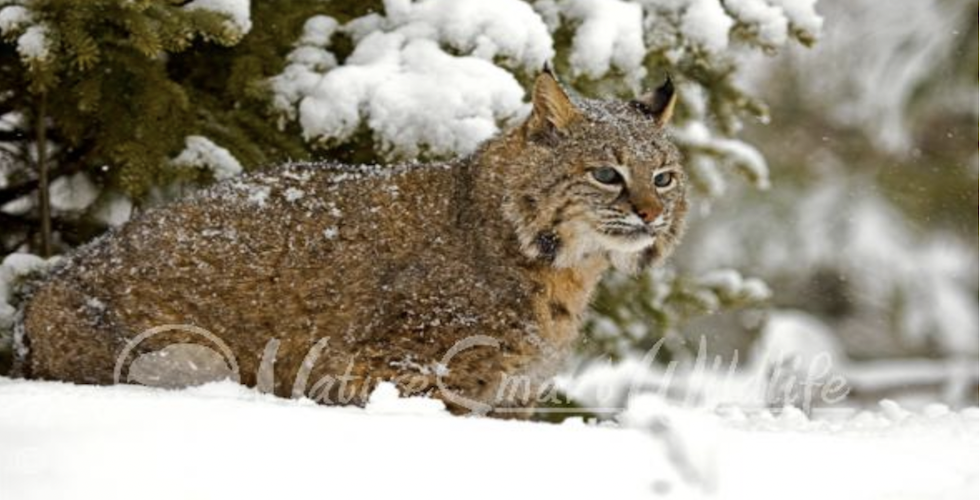
Wildlife in Winter: For Better or Worse
Winter weather has been in the news a lot lately. In particular, the snow is blanketing many parts of the northern states. Where I’m located in the upper Midwest, we have had over 4 feet of snow, along with some bone-chilling temperatures. So the natural question to ask is, “Does the deep snow and cold impact wildlife in a negative or positive way?“
The deep snow represents an advantage for some animals and a distinct disadvantage for others. Some animals, such as raccoons, skunks, and opossums, will spend upwards of a month or more holed up in a protected spot under a building or inside a hollow tree for the coldest and snowiest parts of the winter. This is not a hibernation—it’s self-preservation. And the need to avoid the harshness of winter could be seen as a negative.
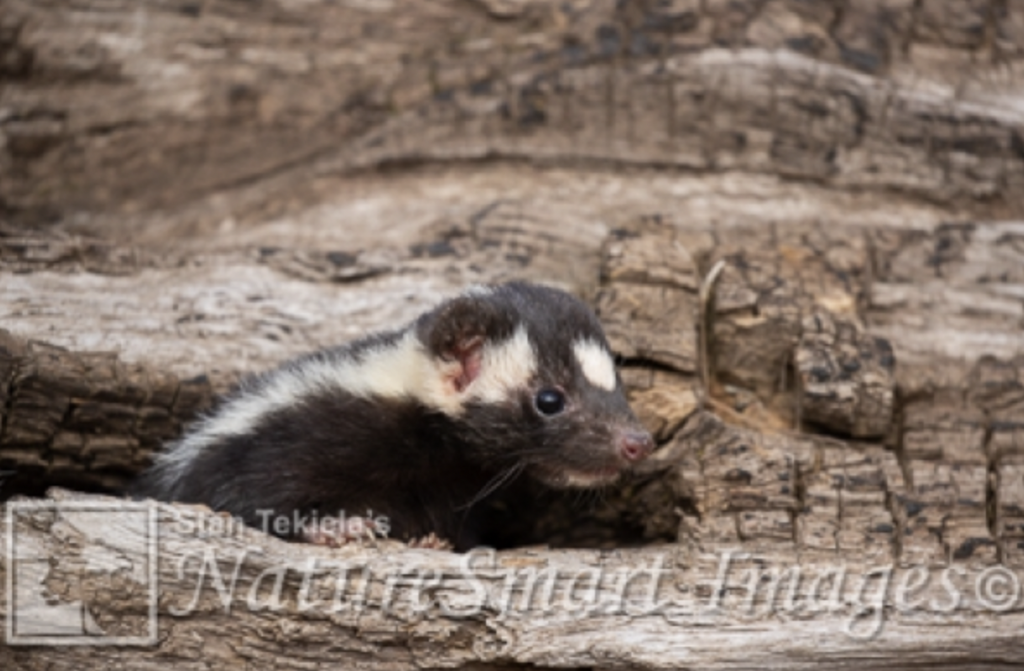
Some animals, such as moose, enjoy the winter weather. Their long legs help them to navigate through the deep snow, and food is plentiful. Moose do have issues with winter ticks. These tiny bloodsuckers can overwhelm a moose in winter and weaken them to a degree. On the other hand, the extremely cold temperatures help to kill off the winter ticks and improve the health of the individual moose, which is definitely a positive.
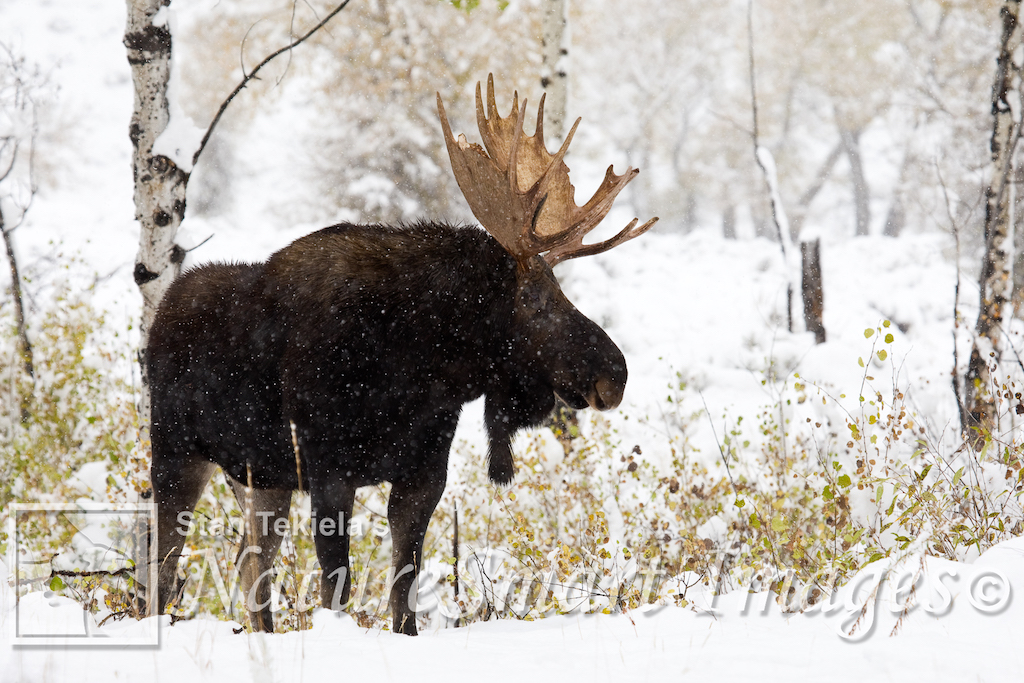
In general, owls do very well in cold winters and deep snow. In fact, the hunting is so good that the Great Horned Owls nest at this time of year. Yep, you read that correctly. Great Horned Owls start to nest in January and February. They don’t build a nest but rather take over an existing one, chosen by the female, such as that of a Red-tailed Hawk or crow. The female moves the snow away and settles in. Winter is a positive for owls.
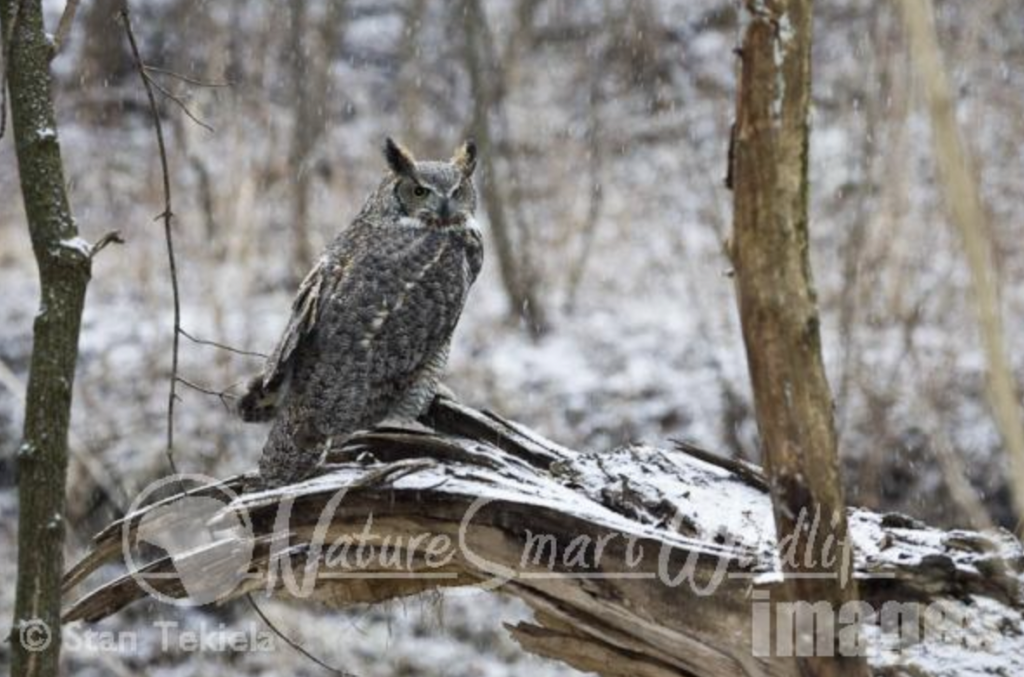
Of course, small animals such as chipmunks and woodchucks are in their dens, hibernating during winter. The hibernation process reduces the animals’ heart rate, respiration, and metabolic motility. Woodchucks don’t store food for winter. They try to put on enough fat in the summer and fall to last them all winter. On the other hand, chipmunks have small bodies and can’t put on enough fat to last all winter, so they store large amounts of food in their dens and wake up every three to four weeks to feed on their stored food before falling back into hibernation. Cold and snow really don’t affect these critters.
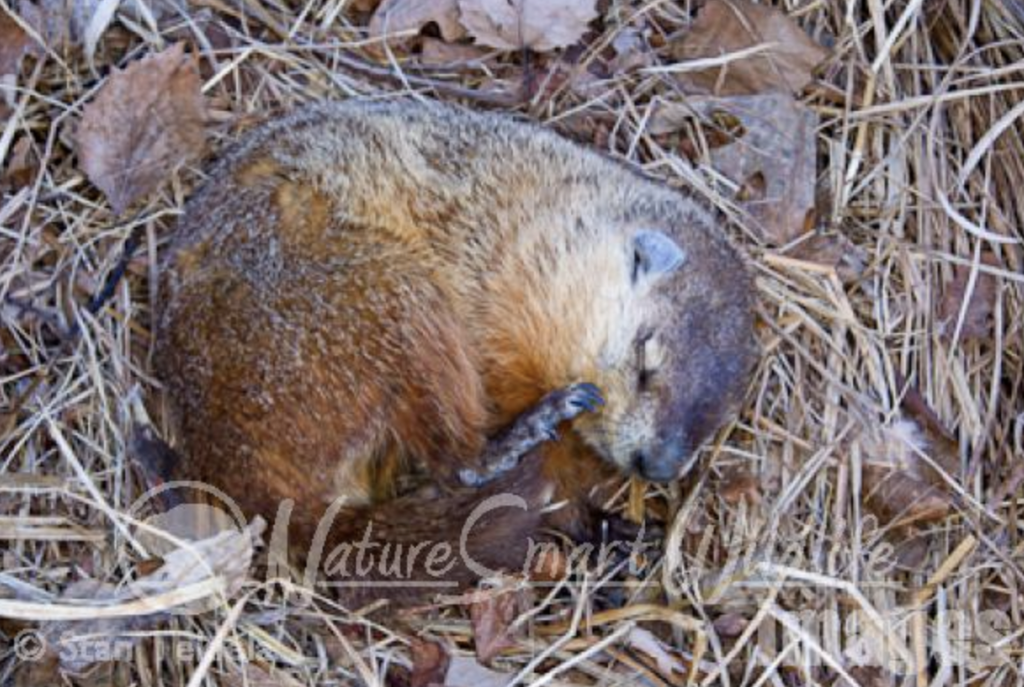
Many species depend upon deep snow. Ruffed Grouse will dive into a snowdrift to roost overnight. The snow acts like an insulating blanket. Under the thick snow near the Earth’s surface, the temperature is around 32 degrees F, while the outside air temperature can be well below zero. The greater the gradient between a bird’s core temperature and the outside air, the more energy it takes for the bird to keep warm. Energy comes from eating, so if the birds don’t eat enough, they will run out of energy and die. The blanket of snow goes a long way in reducing the temperature gradient between the bird and the air.
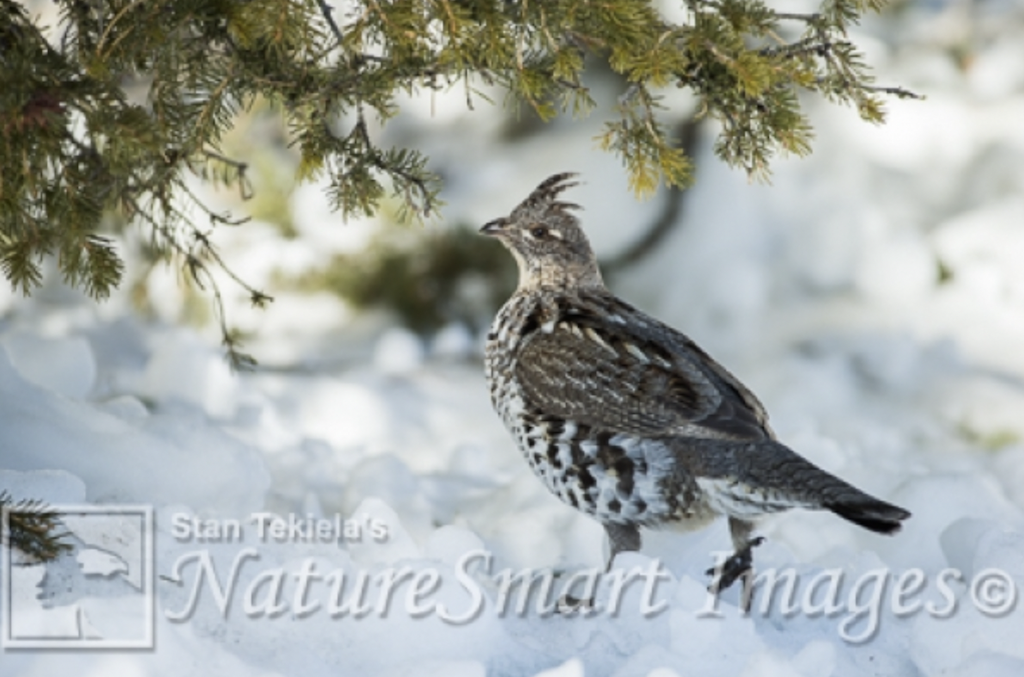
Many animals are well adapted to snow and cold. The Snowshoe Hare, for example, has large hind feet that act like snowshoes, hence their name; during winter, they grow more fur on their feet to add more surface area, which allows them to stay on top of the snow. Staying on top of the deep snow allows the Snowshoe Hare to access twigs and other food that would normally be out of reach.
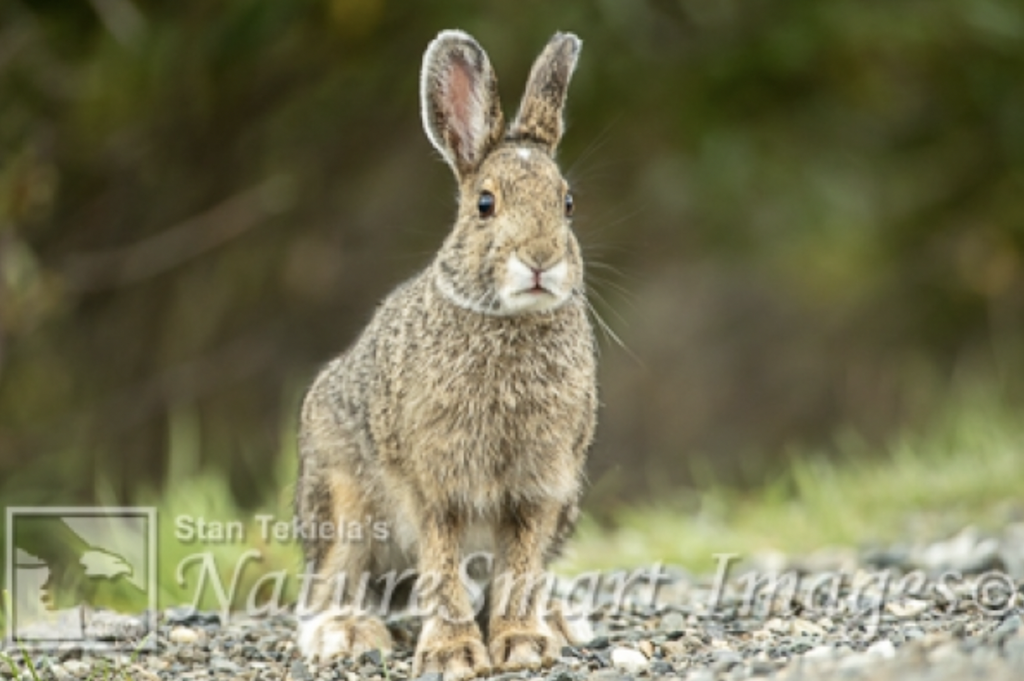
Canada Lynx and Bobcats also do well in winter weather. They grow thick fur that keeps them warm and dry. The Canada Lynx’s long legs help it get through the deep snow. Its feet are huge and act like snowshoes. Winter is a time of plenty for these cats who hunt birds and small mammals.

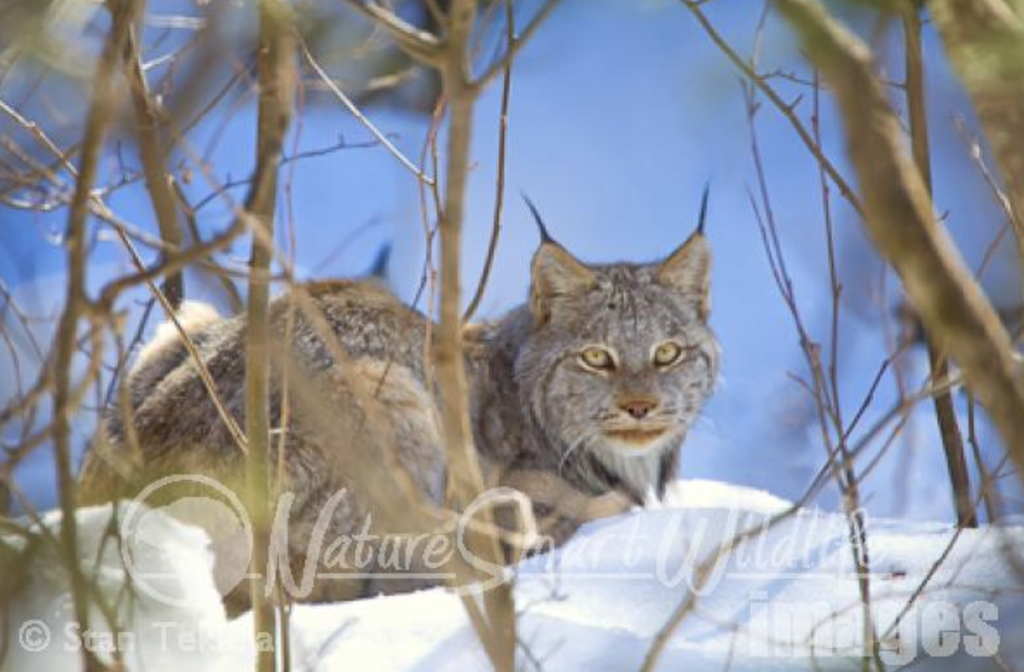
Small birds, such as Black-capped Chickadees and American Goldfinches, put on an extra layer of fat for the winter. Most small birds put on about one-third more feathers during the winter months. It is like putting on a down-feather jacket. This keeps them warm during winter, and the extra fat fuels their thermoregulation system.
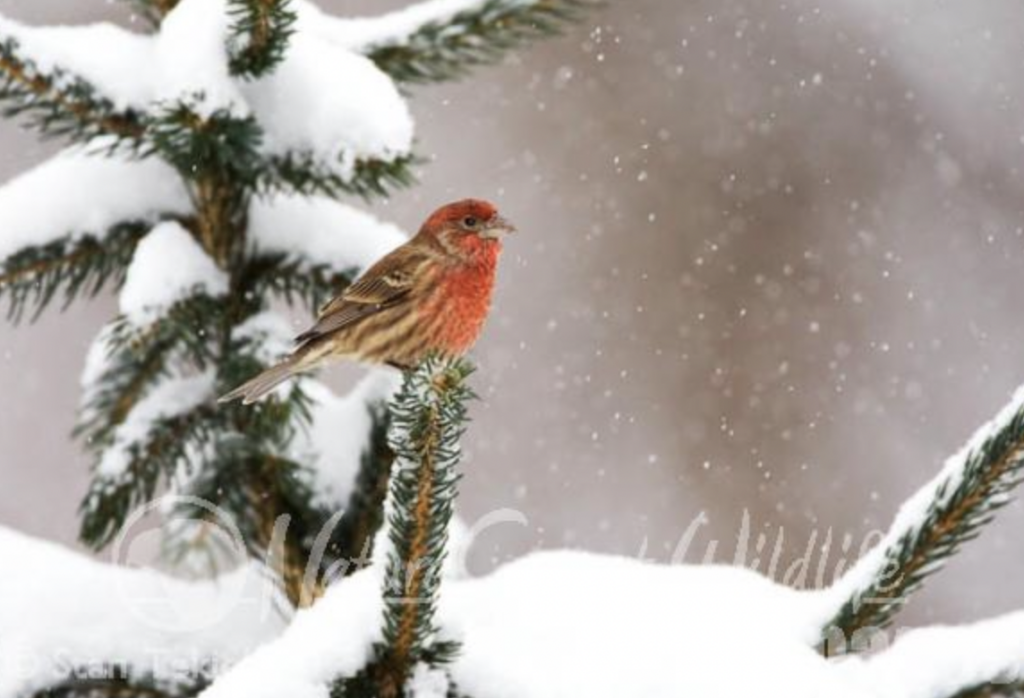
Extreme winter weather is nothing new for wildlife. Nature is always seeking a balance, so extreme cold is not only negative but also positive for wildlife. Wildlife must adapt to winter weather, for better or worse.
If you enjoyed Stan’s post, you may like one of his amazing nature books: Wild Birds, Backyard Birds: Welcomed Guests at our Gardens and Feeders, Bald Eagles: The Ultimate Raptors, or his upcoming book Owls: The Majestic Hunters.
You can follow Stan on Facebook and Twitter, or contact him via his web page. Stan’s nationally syndicated NatureSmart Column appears in more than 25 cities spanning 5 states (Minnesota, Wisconsin, Michigan, Illinois, and Pennsylvania) and is circulated to more than 750,000 readers.
For more stories about wildlife and nature, sign up for our newsletter now!


